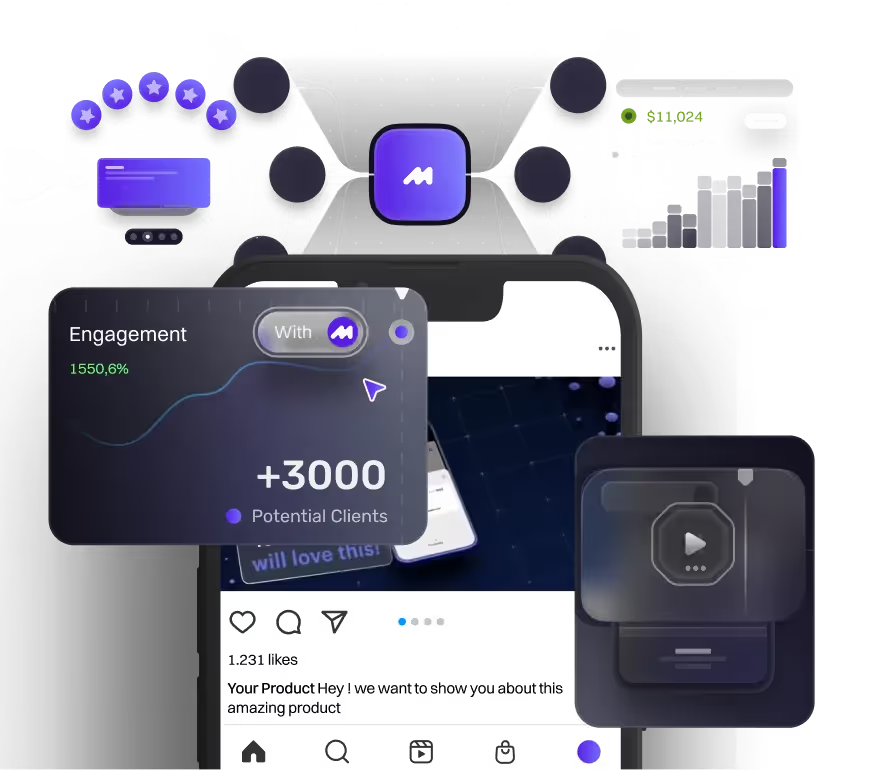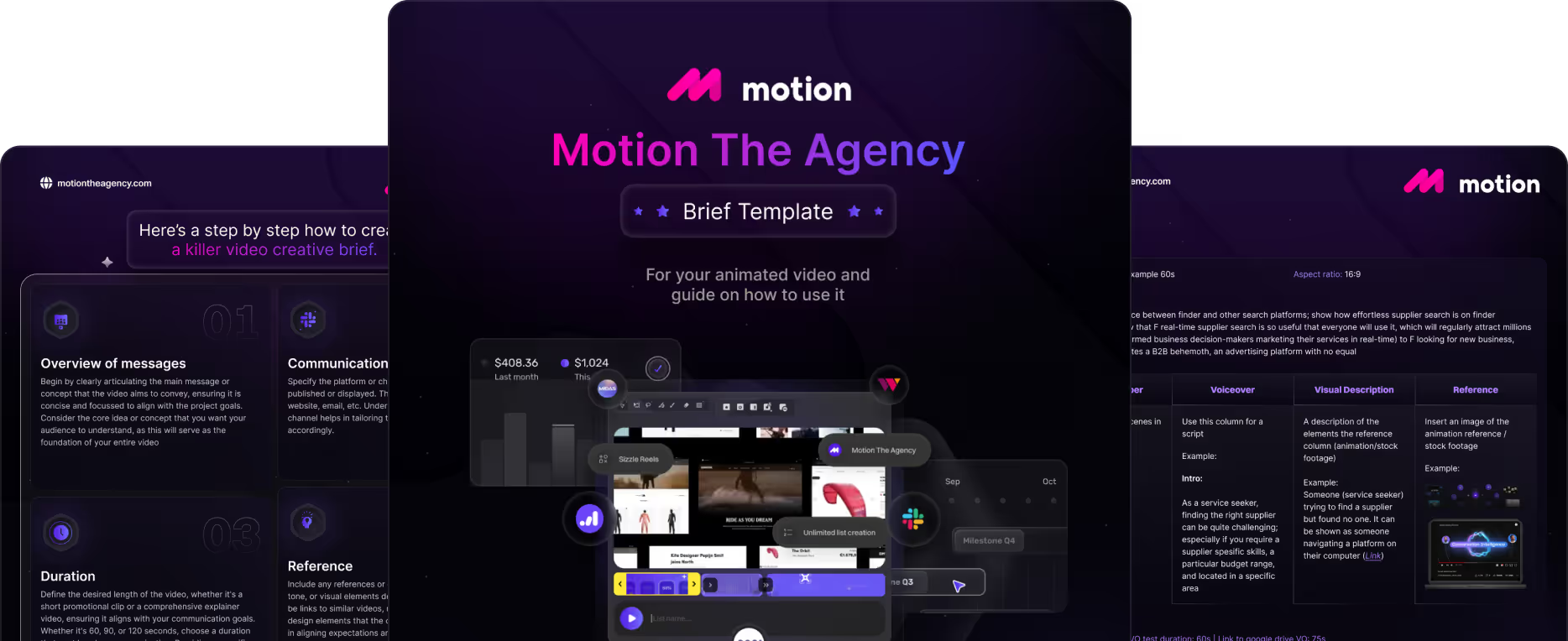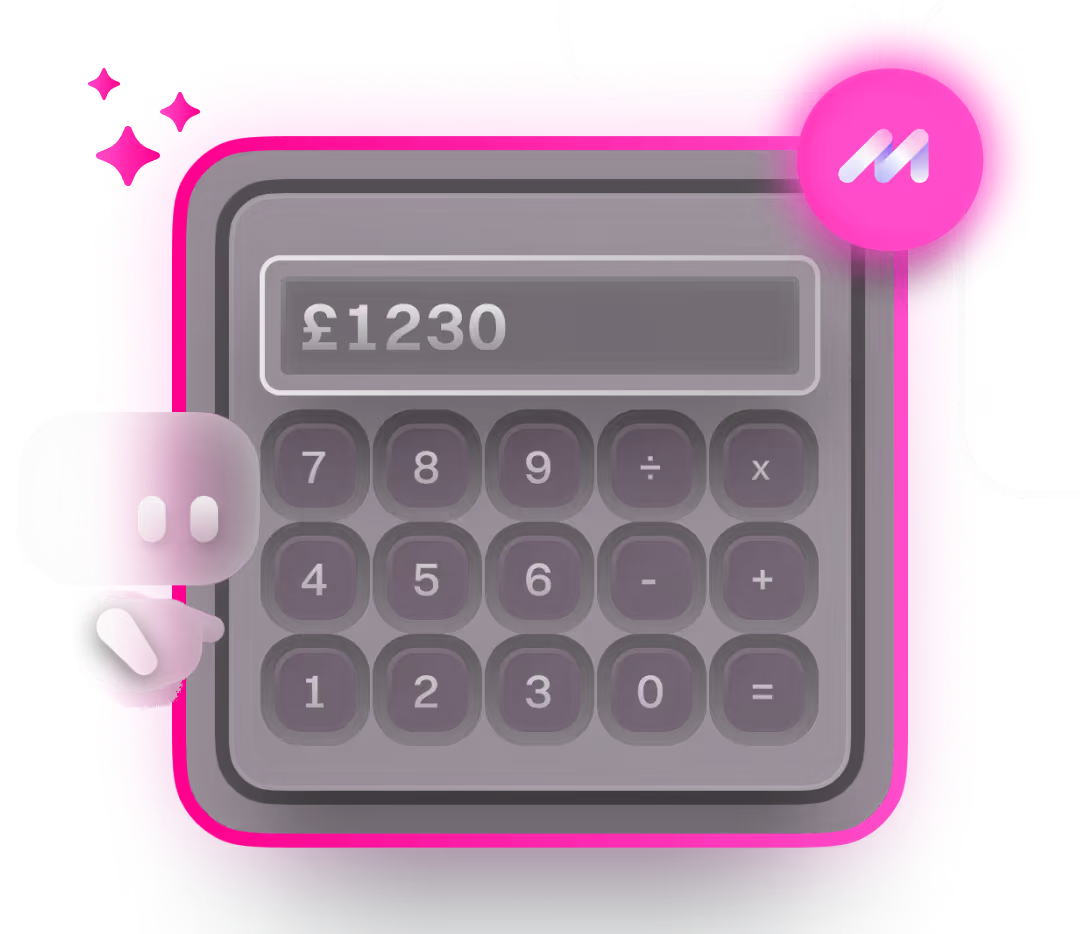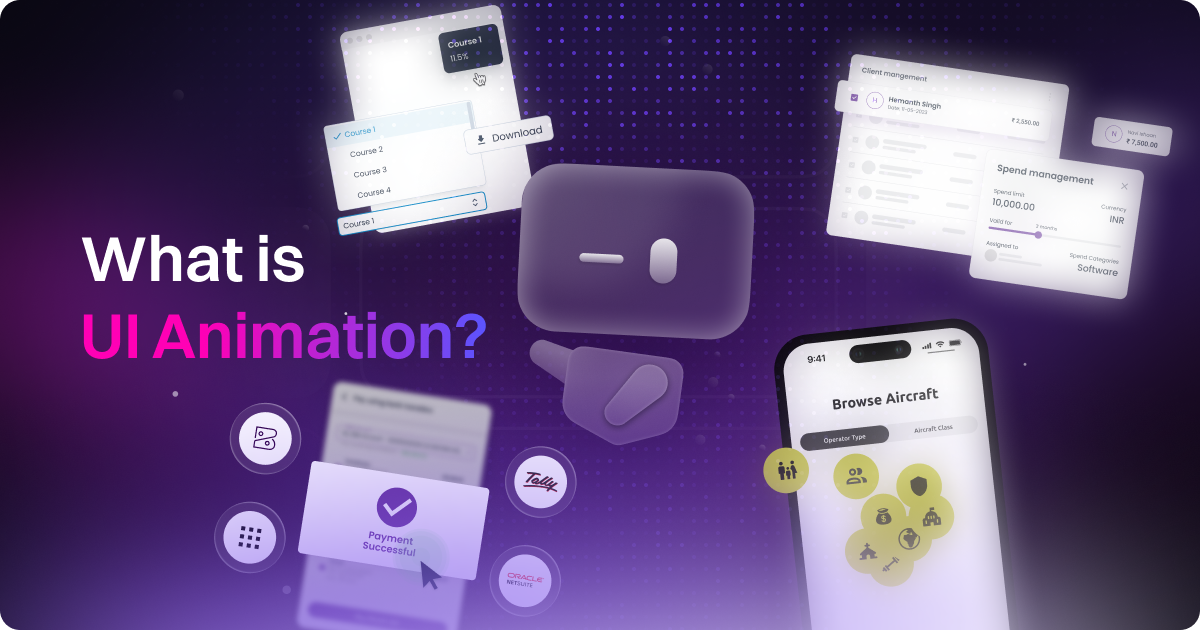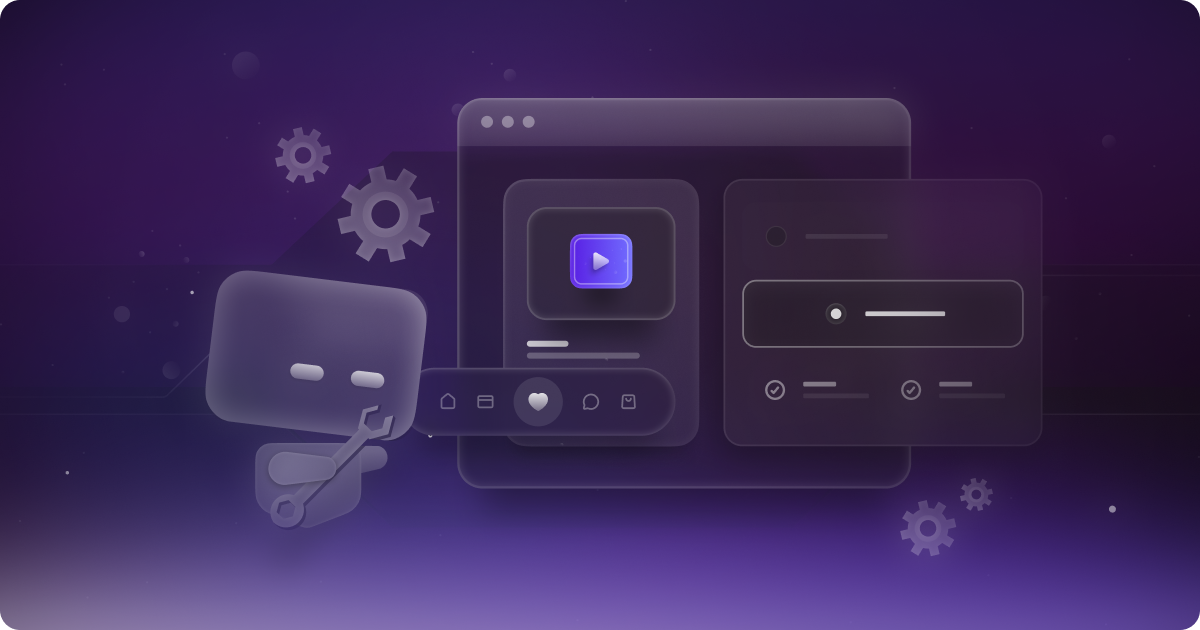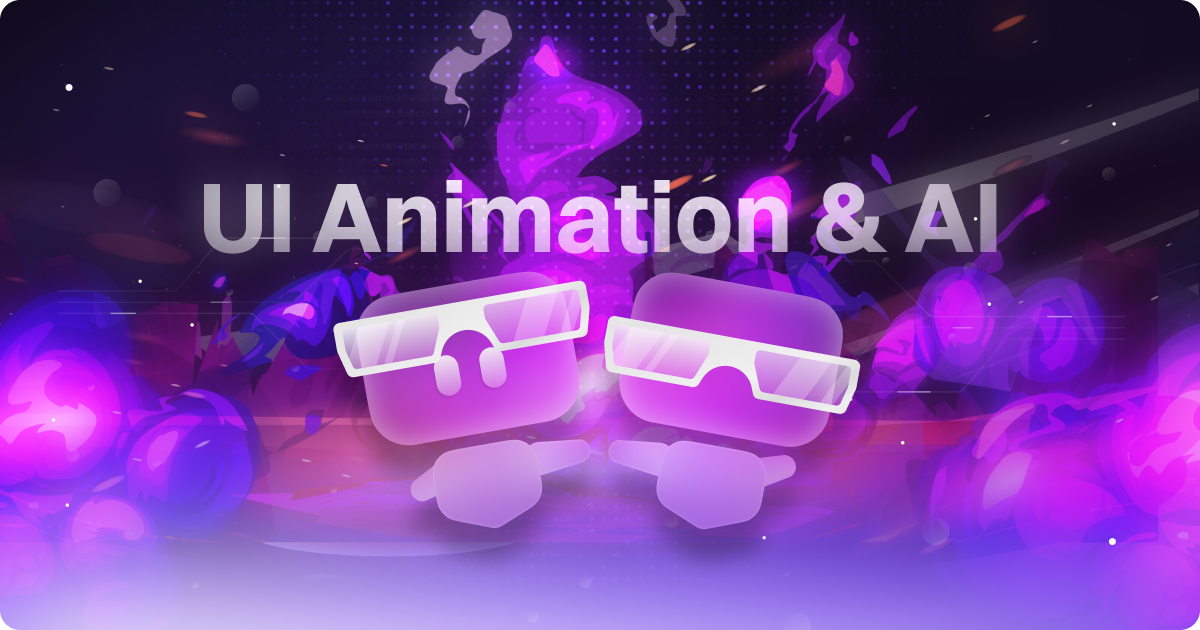Lottie vs Rive: Which Animation Tool Best Fits Your UI/UX Workflow?

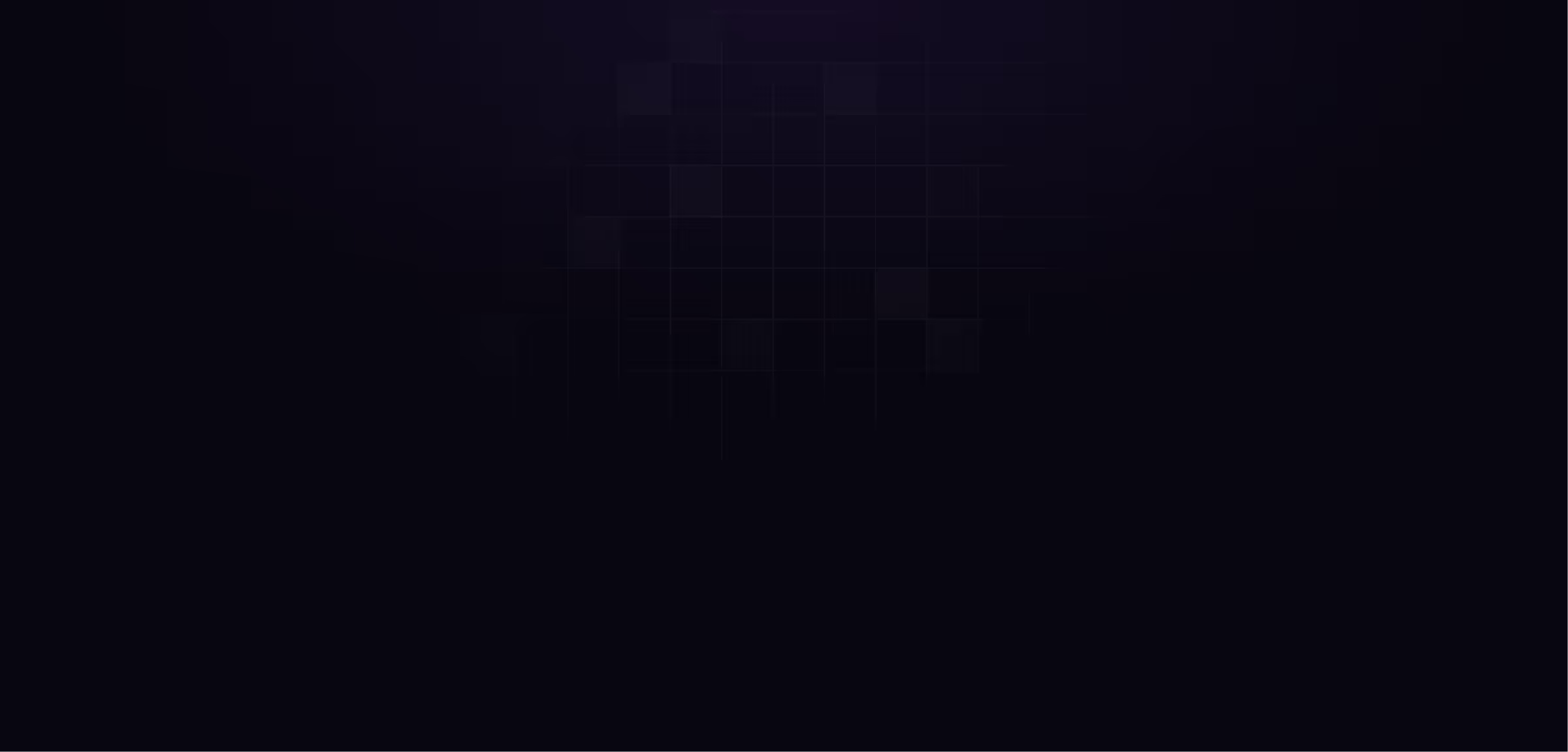
table of content
As an agency that handles a lot of UI/UX projects, we’ve had to get familiar with a bunch of animation tools over the years. These days, animation is more than just a nice-to-have. It plays a big role in how users experience digital products. From subtle microinteractions to full product walkthroughs, motion helps bring interfaces to life. And two tools we keep bumping into are Lottie and Rive.
We’ve played around with both, and while Rive is super impressive, we don’t use it all that often in our day-to-day. Most of our animation work starts in After Effects, and Lottie fits right into that setup thanks to the BodyMovin plugin. It just works well with how we build things, quick, flexible, and easy to plug into web and app projects.
That said, this isn’t a tool showdown. Lottie and Rive aren’t trying to do the exact same thing. They’re built for different kinds of motion work, depending on your project and your team. So in this post, we’re breaking down what each one does best, where they differ, and how to choose the right tool for your next UI/UX animation.
So What is Lottie and Rive?
Okay maybe before we are jumping right to the differences, let’s talk about what they are first. Okay both of them in general are animation tools and animation format who have their own runtime. But if we are talking about them more specifically:
Lottie
Lottie is the industry-standard format for integrating clean, lightweight, and versatile animations into real-world applications and websites. The workflow begins in Adobe After Effects, where designers can create complex animations using familiar tools and techniques. Once your animation is complete, you export it as a JSON file through the Bodymovin plugin, which efficiently captures all your keyframes, shapes, timing, and easing functions. What makes this process so seamless is that the exported file maintains all the nuances of your original animation and can be implemented directly into your development project without requiring any manual recreation or tedious coding of animation sequences.
What truly sets Lottie apart and makes it incredibly useful is its specialized rendering system that transforms your animations into crisp, high-quality vector graphics at runtime. This vector-based approach means your animations remain crystal clear and perfectly sharp regardless of screen size or resolution—they scale flawlessly from tiny mobile screens to large desktop displays without any loss in quality. Additionally, because Lottie animations are rendered as vectors rather than raster images or video files, they load remarkably fast and consume minimal bandwidth and processing power.
For product teams and developers, Lottie represents one of the most efficient and straightforward ways to incorporate sophisticated, professional-grade motion into digital products without significantly increasing file sizes, compromising performance, or adding unnecessary technical complexity to your codebase.
Rive
Rive isn't just an animation format, it's the whole package. You get a comprehensive browser-based editor where you can design, animate, and build complex logic all in one seamless environment. This integrated approach eliminates the need to constantly switch between multiple tools or manage tedious export-import workflows between different software.
What's cool about Rive is how deeply interactive it gets. You can create sophisticated animations that respond dynamically to user input in real time, leveraging its powerful built-in state machines and customizable triggers. These state machines allow animations to change behavior based on various conditions and inputs, creating truly responsive experiences.
Once your creation is ready, it runs exceptionally smoothly across multiple platforms - from web applications to mobile apps, games, or websites. Rive is particularly valuable if you're looking to develop animations that go beyond simple visual appeal to become functional, interactive elements of your user interface.
Their biggest difference is probably the workflow is that, Lottie is currently based on After Effects and uses the plugin BodyMovin to export the JSON files. Rive, on the other hand, doesn’t rely on any third-party tools; the entire process happens inside the Rive editor.
Now you might be wondering, over any other tools, why are we comparing the two tools. Well the answer is quite simple. These are the two tools that has been thrown a lot among the communities, so it makes sense for us to compare the two. These are the 3 aspects and we will based our comparison to:
- Interactivity and state management
- File size and performance
- Community and ecosystem
Let’s break each of these down.
Interactivity & State Management
Okay, have you ever visited a website where the animation changes depending on what you click, where you hover, or how you scroll? That kind of responsive behavior is what interactivity means when we talk about animation. It’s when the motion doesn’t just play on a loop but actually reacts to what the user is doing.
On the other hand, state management in animation is about how the animation handles different visual states based on logic. For example, a button might look one way when idle, change slightly when hovered, and animate differently when clicked. The system that controls those changes and knows when to switch between them is what we call state management.
One thing we noticed while playing around with both Lottie and Rive was how differently they handle interactivity. With Rive, you can build a full state machine that responds to inputs in real time. That means your animation can actually change based on user actions like clicks, hovers, or even app events. Lottie, on the other hand, has more limited interactivity. It mainly focuses on timeline control, like play, pause, or jumping to a specific frame. This works well for simpler motion needs but doesn’t offer the same kind of dynamic behavior.
Does that mean Rive wins this category? Not really. While Rive definitely has the upper hand when it comes to interactivity, that doesn’t automatically make it better. It all depends on what you actually need. If your animation needs to respond to user actions like buttons, toggles, or anything interactive, then Rive can be a game changer. But if you just need something simple that plays on load or loops in the background, like a spinner or scroll-triggered effect, then Lottie is more than enough.
File Size and Performance
Let’s talk file types real quick. Lottie uses .json files, while Rive uses .riv . Both are designed to be lightweight and easy to use across web and mobile, especially compared to things like videos or GIFs. Since they’re vector-based, you get clean, sharp animations without the heavy load times.
Now, here’s the catch. Lottie’s JSON files can get bulky if you’re using a lot of image assets or complex After Effects effects that don’t translate cleanly. The more complicated your animation, the bigger that file can get. Rive usually keeps things lighter because everything is built inside its own editor, which means it’s already optimized for performance from the start.
In general, Lottie works well for simple timeline animations, especially if your team is already using After Effects. But if you’re building something interactive or something that needs to update in real time, Rive tends to be faster and more efficient, even as your animation grows in complexity.
Community, Ecosystem, and Resources
.png)
When we asked our team what got them into using Lottie in the first place, even before they joined Motion The Agency, most of them said the same thing. It was the community. One of our designers shared that when they were just getting into UI animation for the web, Lottie was the easiest tool to start with. The community was super active, the asset library had loads of free templates, and there were answers everywhere when they got stuck. Tutorials were easy to find, not just from the official team but from other designers who had gone through the same learning curve. It made the whole experience feel approachable and supportive.
.png)
Rive’s community is smaller, but it’s growing quickly. Since the platform is newer, there’s not as much content out there yet, but the community that does exist is solid, especially for teams focused on building interactive, real-time animations. You can find ready-to-use assets in the Rive community library, though it’s not as deep or searchable as what LottieFiles offers. That said, the assets available are usually built with interactivity in mind, which is a huge plus. As for documentation and learning curve, Rive takes a bit more effort to learn, especially when it comes to working with the editor and understanding how state machines work. But once you get the hang of it, you get way more control over how your animations behave.
So, What Does It Mean? Which One Better Lottie or Rive?
So when you line up Lottie and Rive across things like interactivity, file type, performance, ease of use, and learning resources, the differences start to stand out. Lottie’s a go-to if you’re already working in After Effects. It’s easy to use, super beginner-friendly, and backed by a huge community with tons of free templates and tutorials. It works great for simple animations that don’t need to react to user input. Rive, on the other hand, is made for real-time interaction. It gives you way more control, especially if you're building buttons, toggles, or anything dynamic. It does take a bit more time to learn, but the performance and flexibility are worth it once you're up to speed.
That said, like we mentioned at the beginning, this article isn’t about picking a winner. We’re not here to say one tool is better than the other or that your team should definitely use one over the other. The goal is just to lay out the facts, so you can figure out which one actually fits your project and workflow best.
Rive or Lottie: Decision Checklist
Still on the fence? Totally fair. Here’s a quick way to figure out which tool might fit your team better.
- Project complexity: If your animation just needs to play when the page loads, loop in the background, or do something simple like fade in or bounce, Lottie is probably all you need. But if you want things to respond when a user clicks, hovers, drags, or taps, Rive might be worth the extra setup.
- Team skills: Already using After Effects? Then Lottie is going to feel super familiar. If your team is open to learning something new and a little more hands-on, Rive gives you more control once you get used to the editor.
- Budget and licensing: Lottie is completely free and has a huge community behind it. Rive also has a free plan, but some features like team access or full commercial use might require a paid upgrade. It just depends on how deep you plan to go.
At the end of the day, it comes down to what works best for your team and the kind of experience you want to build. Keep it simple and go with what feels right.
Which One Motion The Agency Use?
That’s an interesting question. Well, to be frankly honest, we’re very familiar with both Rive and Lottie, but based on the scope of our clients and the type of projects we usually handle, we mostly lean on Lottie. It fits right into our workflow because it works directly with After Effects, which is our go-to for animation.
The video above is our sizzle reel — a quick showcase of some of the Lottie animations we’ve built across different client projects. We typically animate in After Effects and use the Bodymovin plugin to export everything as JSON. That lets us deliver smooth, lightweight animations that look sharp and load fast inside real apps and websites.
That said, we’re no strangers to Rive either. It’s a great tool when a project needs more interactivity or logic-based motion. We’ll usually reach for Rive when an animation has to respond to things like user input or state changes in real time.
Want to see this in action? Check out our Open Money case study where we used UI animation to level up the onboarding flow and create a smoother, more intuitive experience.
Final Thoughts
Well, if you’ve seen any of our content before, you’ll know we’ve always believed that you, along with your team, your product, and your company, know your needs better than anyone else. That’s why we never push a one-size-fits-all solution. Instead, we always try to create space for you to reflect on what matters most to your project, and this article is no different.
You might have come here expecting us to tell you which tool is the best for your next project. But hopefully, after reading through, you now have a clearer understanding of what each tool offers and can decide which one fits your needs best. If you ever need a partner to help bring that to life, whether it’s UI animation or full web design, we’d be happy to support you.
Feel free to check out our Sharpish client story to see how we’ve helped other fast-moving teams. You can also explore our Lottie animation services to see how we work. And if you're ready to get started, book a call with us here.

Contact Us
Ready to elevate your brand? Contact us for your
Free Custom Video Sample
